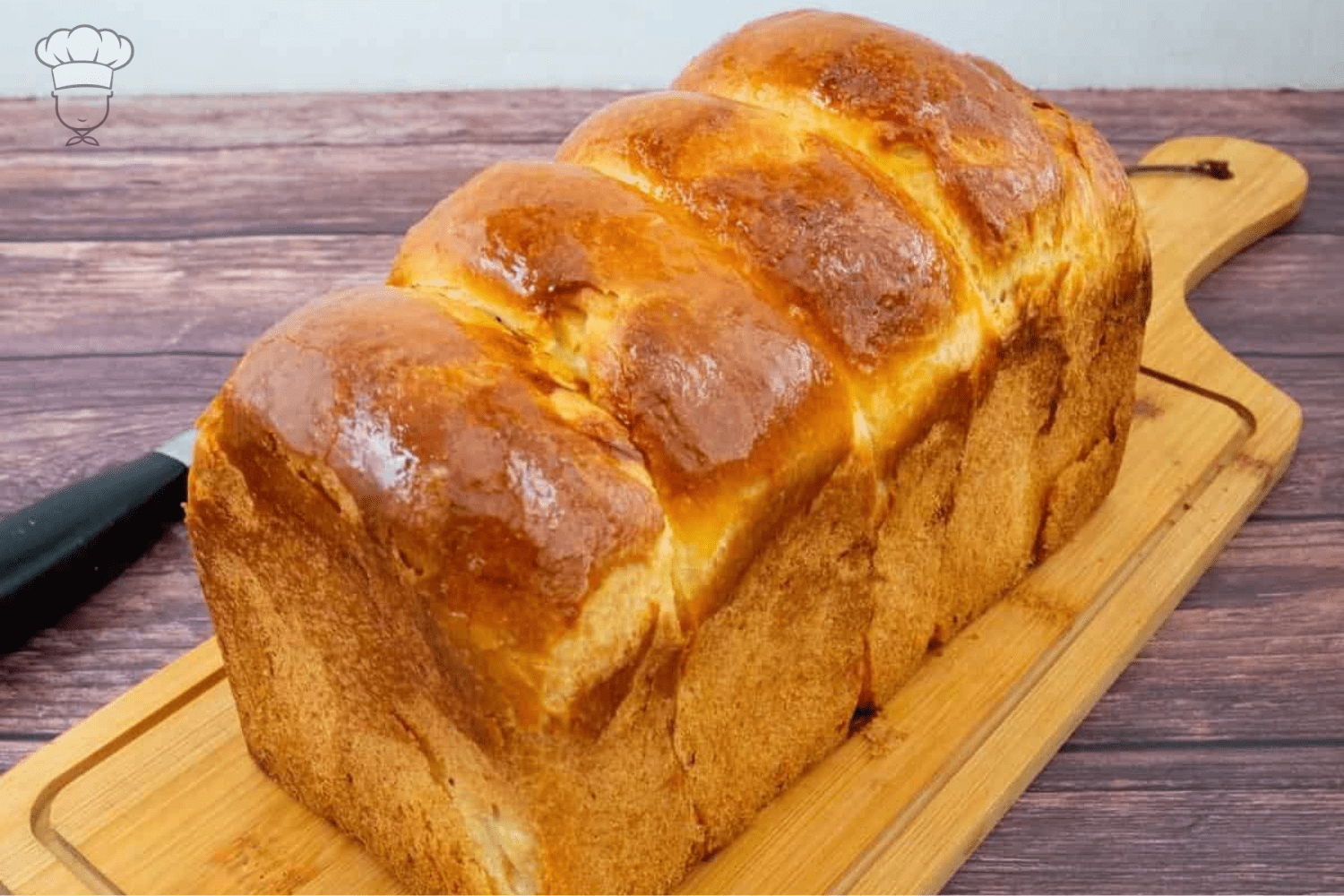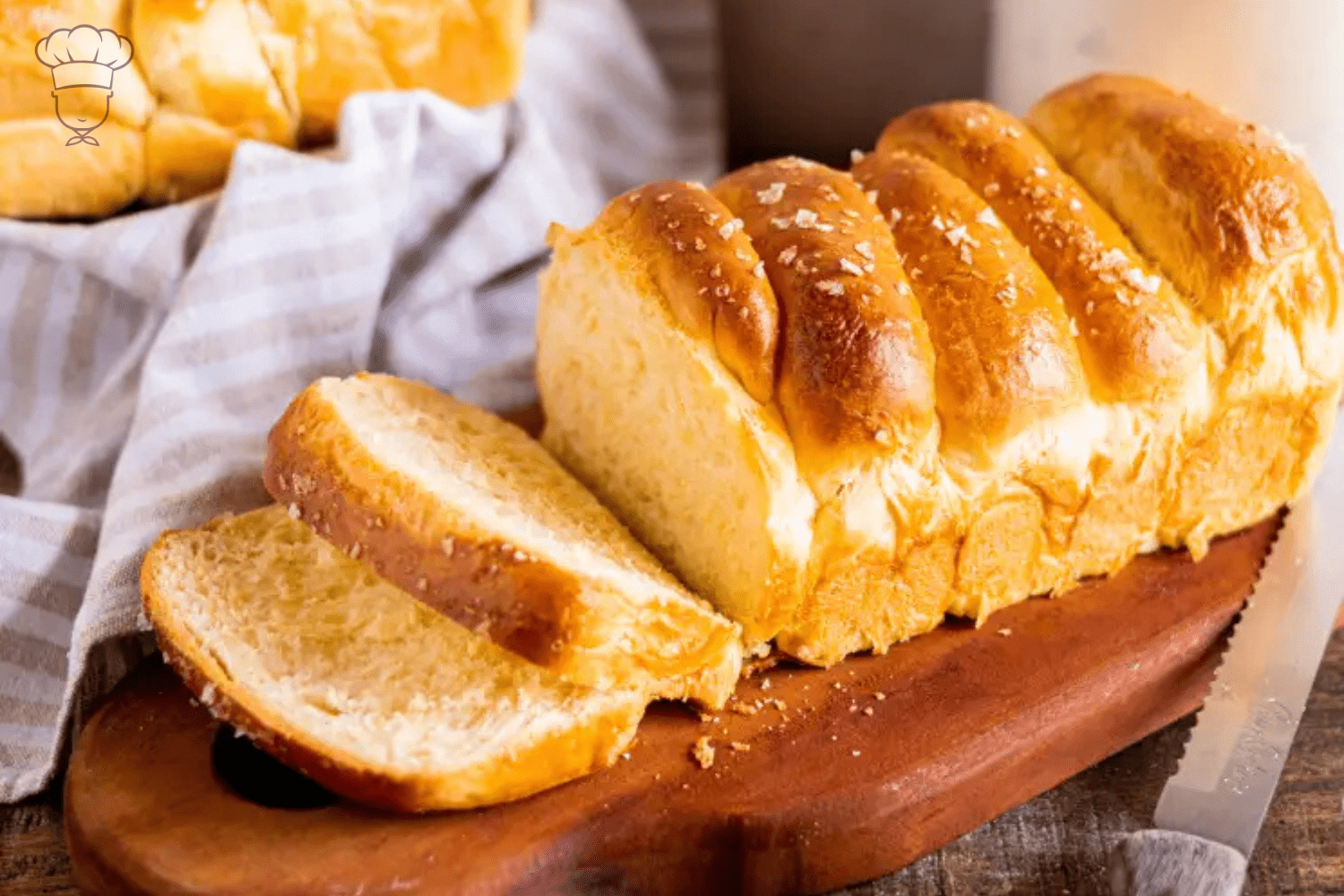Ever wondered how to make brioche bread that’s as soft and buttery as the ones from a French bakery? Good news—making brioche bread at home is easier than you think! With just a few ingredients and a little patience, you can bake this rich, tender bread yourself. Let’s dive in and uncover the secrets of this delicious classic.
What Is Brioche Bread?
Brioche bread is a type of French bread that’s soft, fluffy, and slightly sweet. Unlike regular bread, brioche is enriched with eggs, butter, and milk, giving it a rich texture and golden crust. Think of it as the lovechild of bread and cake—it’s perfect for breakfast, sandwiches, or even desserts.
Ingredients You’ll Need
To make brioche bread, gather these basic ingredients:
- Flour: All-purpose or bread flour works best.
- Yeast: Active dry yeast or instant yeast.
- Milk: Adds moisture and richness.
- Sugar: For a hint of sweetness.
- Eggs: The secret to a tender crumb.
- Butter: The star ingredient that makes brioche buttery and irresistible.
- Salt: Enhances the flavors.
Make Now: This 5-Ingredient Banana Bread Will Blow Your Mind
Tools to Prepare
Before starting, ensure you have the following tools ready:
- A large mixing bowl or stand mixer
- Measuring cups and spoons
- A dough hook attachment (if using a stand mixer)
- A clean kitchen towel
- Loaf pans or a baking sheet
- A pastry brush
Step 1: Activating the Yeast
The first step in making brioche bread is activating the yeast. Warm some milk (not too hot—it should feel like bathwater) and dissolve a teaspoon of sugar in it. Sprinkle the yeast over the top and let it sit for 5-10 minutes until it becomes frothy. This means the yeast is alive and ready to work its magic!
Step 2: Mixing the Dough
In a large bowl or stand mixer, combine the activated yeast with flour, sugar, salt, and eggs. Start mixing at a low speed, gradually adding softened butter piece by piece. The dough will be sticky at first but will come together beautifully.
Step 3: Kneading to Perfection
Knead the dough for about 8-10 minutes, either by hand or using a dough hook. Think of kneading as giving the dough a good workout—it develops the gluten, which gives brioche its structure. When the dough is smooth, stretchy, and slightly sticky, it’s ready.
Step 4: The First Rise
Transfer the dough to a greased bowl and cover it with a clean kitchen towel. Let it rise in a warm place for 1-2 hours or until it doubles in size. If your kitchen is cold, placing the bowl in a turned-off oven with the light on works wonders.
Step 5: Shaping the Dough
After the first rise, punch down the dough to release air bubbles. Divide it into portions, shape it into balls, and arrange them in a loaf pan or on a baking sheet. You can get creative here—braided brioche looks stunning!
Step 6: The Second Rise
Cover the shaped dough again and let it rise for another 30-45 minutes. This step ensures your brioche is light and fluffy. Meanwhile, preheat your oven to 375°F (190°C).
Step 7: Baking Brioche Bread
Before baking, brush the dough with an egg wash (a beaten egg mixed with a tablespoon of water) for a shiny, golden crust. Bake for 20-25 minutes, or until the top is beautifully browned and the loaf sounds hollow when tapped.
Make Now: One Bowl Chocolate Chip Banana Bread
Tips for Perfect Brioche
- Room Temperature Ingredients: Ensure your butter and eggs are at room temperature for better mixing.
- Don’t Rush: Brioche dough needs time to rise—patience is key!
- Check for Doneness: Use a thermometer to check the internal temperature of the bread—it should read 190°F (88°C).

Creative Variations
- Chocolate Chip Brioche: Mix in chocolate chips for a sweet treat.
- Savory Brioche: Add herbs, cheese, or bacon for a delicious twist.
- Brioche Buns: Shape the dough into small buns for sliders or burgers.
Storing and Freezing Brioche
Brioche stays fresh for 2-3 days at room temperature when wrapped tightly. To freeze, wrap it in plastic wrap and aluminum foil before storing it in the freezer. Thaw at room temperature and enjoy it as fresh as the day you baked it.
Frequently Asked Questions
1. Can I make brioche bread without a stand mixer?
Absolutely! Kneading by hand takes a bit more effort but works just as well.
2. Why is my brioche dough so sticky?
Brioche dough is naturally sticky because of the butter and eggs. Resist adding too much flour—it will firm up as it rises.
3. How can I tell if my yeast is active?
If your yeast doesn’t foam when activated, it may be expired or the milk was too hot or cold.
4. Can I make brioche dough in advance?
Yes! After the first rise, refrigerate the dough overnight. This slows fermentation and enhances the flavor.
5. What can I serve with brioche bread?
Brioche pairs well with butter, jam, honey, or even savory options like cheese and ham.
